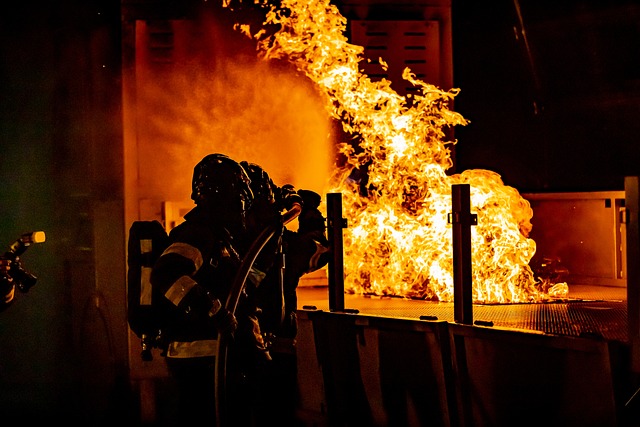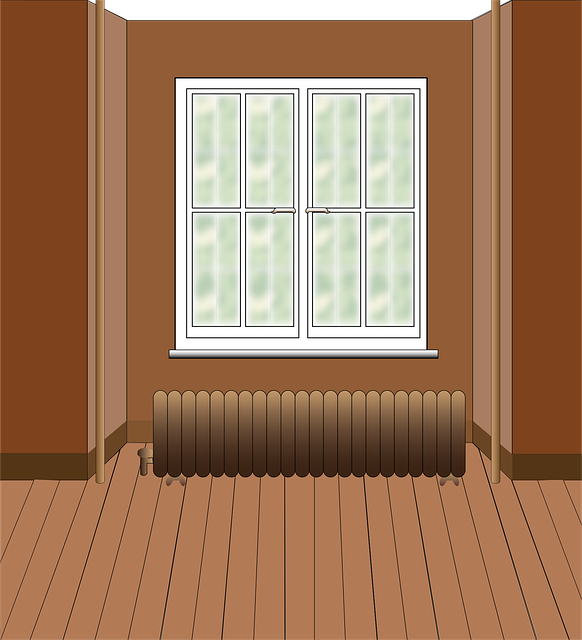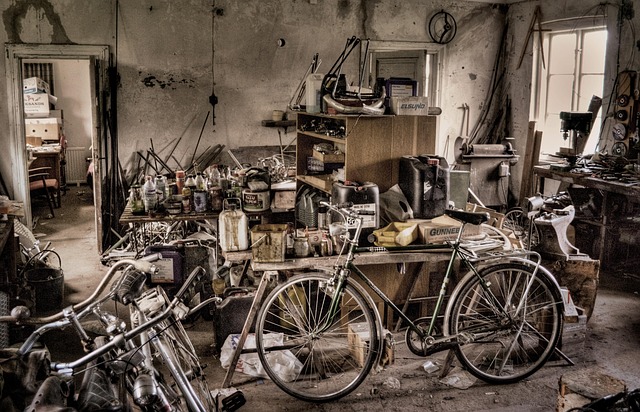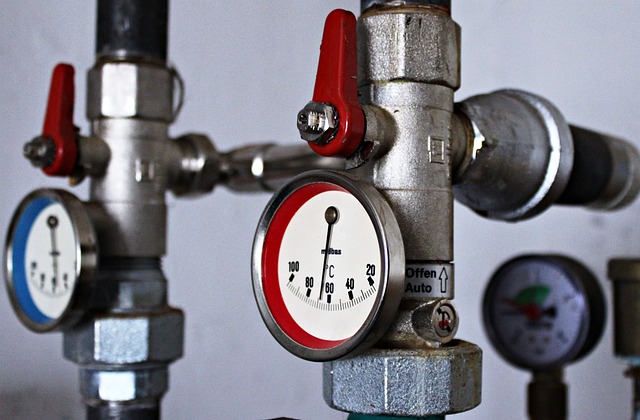Before costly emergency heating repair Bromsgrove, perform simple DIY checks for power supply issues, vent blockages, and unusual noises. Consult heater model guides for complex problems. Procure correct parts by identifying make/model, consulting experts, or online retailers. Prioritize safety with shut-off power, ventilation, and protective gear. Regular maintenance prevents breakdowns through filter changes, ventilation clearing, and annual check-ups. Proactive care avoids costly repairs, maintains efficiency, and extends heating system lifespan.
Struggling with a malfunctioning heater? Don’t panic or break the bank—you might be able to fix it yourself! This comprehensive guide takes you through the process of diagnosing and repairing your heater without expensive repairs. From assessing common issues to safety tips, we cover everything you need to know for successful DIY heating repair. Take control of your comfort and learn how to navigate emergency heating situations effectively.
- Assess the Issue: Common Heater Problems and Quick Checks
- DIY Troubleshooting: Step-by-Step Guide for Simple Repairs
- Parts Replacement: Identifying and Ordering Necessary Components
- Safety First: Tips for Safe Heater Maintenance and Repair
- Preventive Measures: Regular Care to Avoid Costly Repairs
Assess the Issue: Common Heater Problems and Quick Checks

Before diving into complex repairs or calling in expensive emergency heating repair services, it’s crucial to assess the issue at hand. Understanding common heater problems can save you time and money. Why is my heater not working? The answer could be as simple as a faulty thermostat, loose connections, or a depleted fuel supply—all easily checked with basic tools and best practices for emergency heat maintenance.
Regular checks include verifying power supply to the unit, inspecting vents for blockages, and listening for unusual noises that might point to mechanical issues. If you suspect an internal problem, like a malfunctioning heating element or a broken burnern, it’s best to consult with the best emergency heating services rather than attempting DIY repairs that could be hazardous. Knowing what to look for will help ensure your heater gets the attention it needs without unnecessary costs.
DIY Troubleshooting: Step-by-Step Guide for Simple Repairs

Before calling an emergency plumber Bromsgrove or opting for expensive repairs, consider trying some simple DIY troubleshooting steps to get your heater back up and running. Many common issues can be resolved with a few easy fixes. Here’s a step-by-step guide to help you tackle minor heater problems like a pro.
Start by checking the power supply and ensuring the heater is plugged in securely. Next, inspect for any visible damage or loose connections. A simple reset of the circuit breaker or replacement of a blown fuse might be all it takes to revive your heater. If your heater isn’t heating up, check the thermostat settings and make sure they are correctly programmed. Additionally, clean or replace filters as clogged filters can restrict air flow, hindering the heating process. For more complex issues like strange noises or leaking, consult a guide on how to fix a broken heater for specific troubleshooting tips tailored to your model. With these cheap emergency heating solutions, you might just save yourself some money and time.
Parts Replacement: Identifying and Ordering Necessary Components

When tackling an emergency heating repair, one of the key steps is identifying and ordering the right parts. Start by assessing your heater’s make and model—this information is usually found on a label inside the unit or in your owner’s manual. Once you’ve determined these details, take a inventory of necessary components. Common replacements include thermostats, heating elements, burner assemblies, and gaskets.
For peace of mind, turn to local emergency heating experts who can guide you through the process if you’re unsure about specific parts or ordering. Their expertise ensures you get the right components for your boiler repair or repairing a water heater emergency. Many online retailers offer these parts, making it convenient to order and install them yourself, saving you from costly repairs.
Safety First: Tips for Safe Heater Maintenance and Repair

Before tackling any heater maintenance or repairs, prioritize safety to avoid accidents and severe injuries. Always turn off the power supply at the circuit breaker or fuse box before beginning any work. In case of an emergency heating repair, ensure proper ventilation to prevent the buildup of harmful gases like carbon monoxide. Wear protective gear, including insulated gloves and eye protection, to safeguard yourself from potential hazards.
When it comes to fixing a faulty electric heater or heat pump repair guide, regular maintenance is key. Cleaning or replacing air filters can significantly improve efficiency and prevent sudden breakdowns. Keep the heating unit free from obstructions, ensuring proper airflow. If you suspect any issues, don’t ignore them; affordable urgent heater fixes are often more cost-effective than waiting for major damage. Regular checks can help identify problems early on, making repairs less invasive and more manageable.
Preventive Measures: Regular Care to Avoid Costly Repairs

Regular care and maintenance can prevent costly emergency heating repairs. Scheduling annual boiler or heater check-ups with local emergency heating experts is a proactive step to ensure optimal performance and longevity. During these visits, professionals can identify minor issues before they escalate, saving you from sudden breakdowns during cold spells.
Simple tasks like changing filters, cleaning vents, and inspecting for leaks are easy do-it-yourself projects that significantly reduce the need for frequent heater repair vs replacement. Addressing these preventive measures not only keeps your heating system running smoothly but also extends its lifespan, ultimately cutting down on long-term expenses.
In many cases, costly emergency heating repairs can be avoided with a bit of proactive maintenance and some basic DIY skills. By understanding common heater problems and implementing preventive measures, you can save money and keep your home warm during cold weather. Our step-by-step guide, parts replacement tips, and safety advice empower you to tackle simple heater repairs yourself. Remember, while do-it-yourself troubleshooting is beneficial, complex issues may require professional assistance. Regular care and a proactive approach will help ensure your heater functions efficiently, avoiding unexpected breakdowns and costly repairs.
